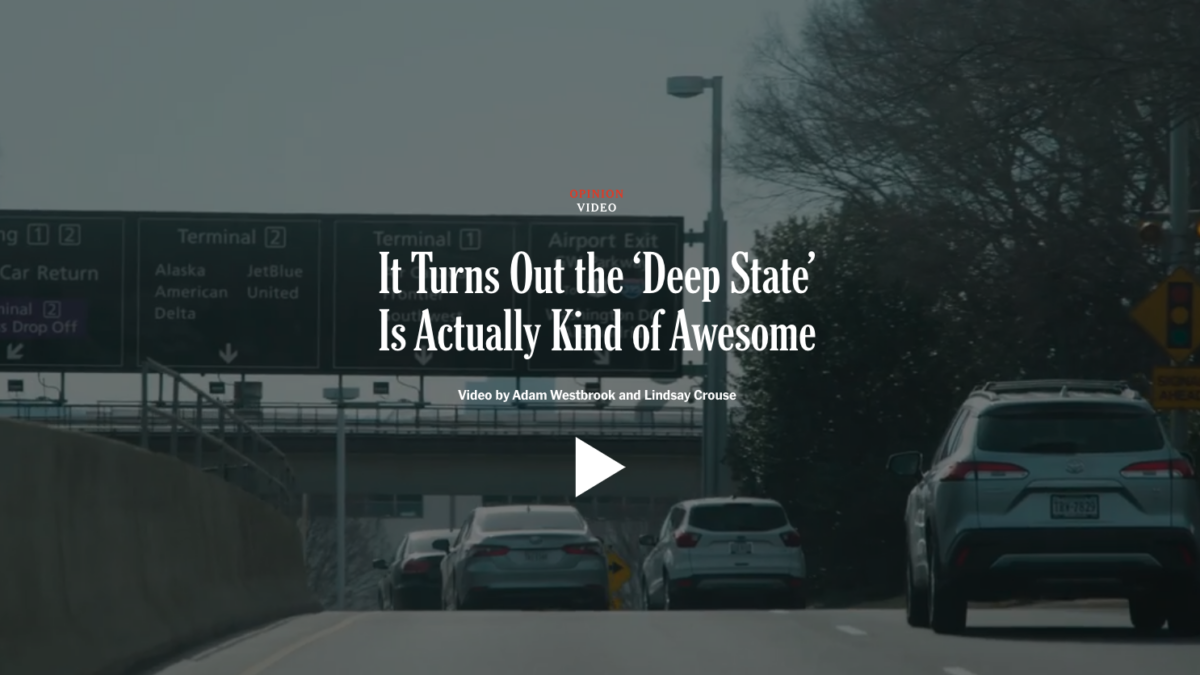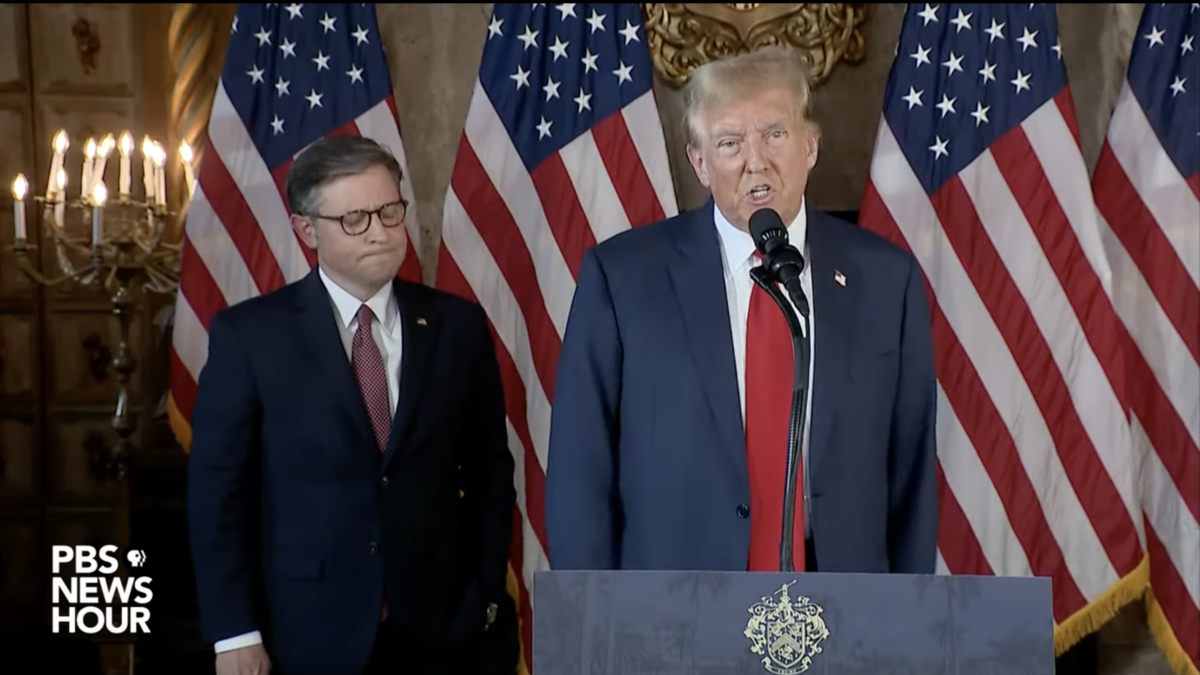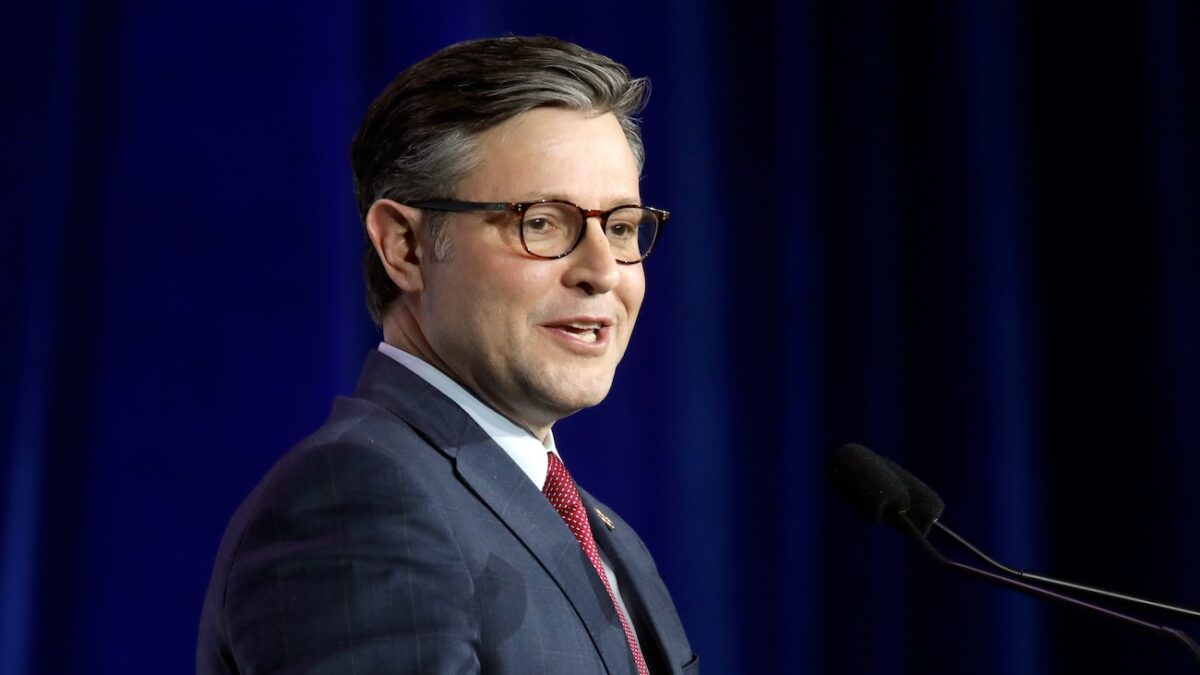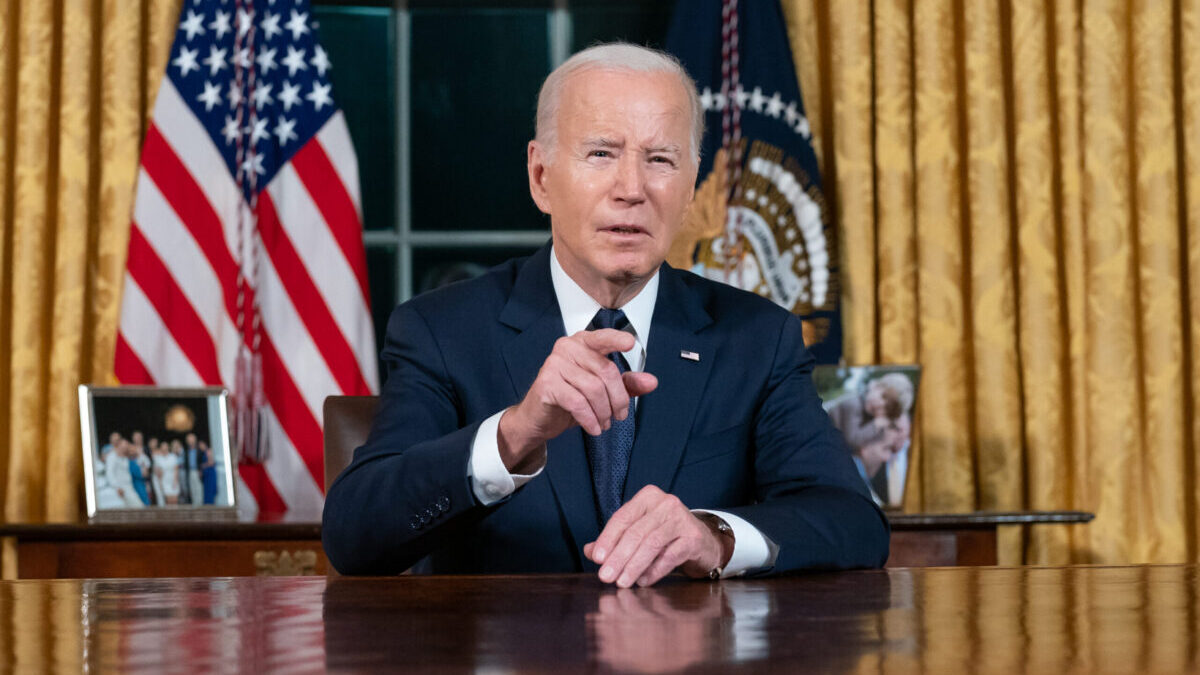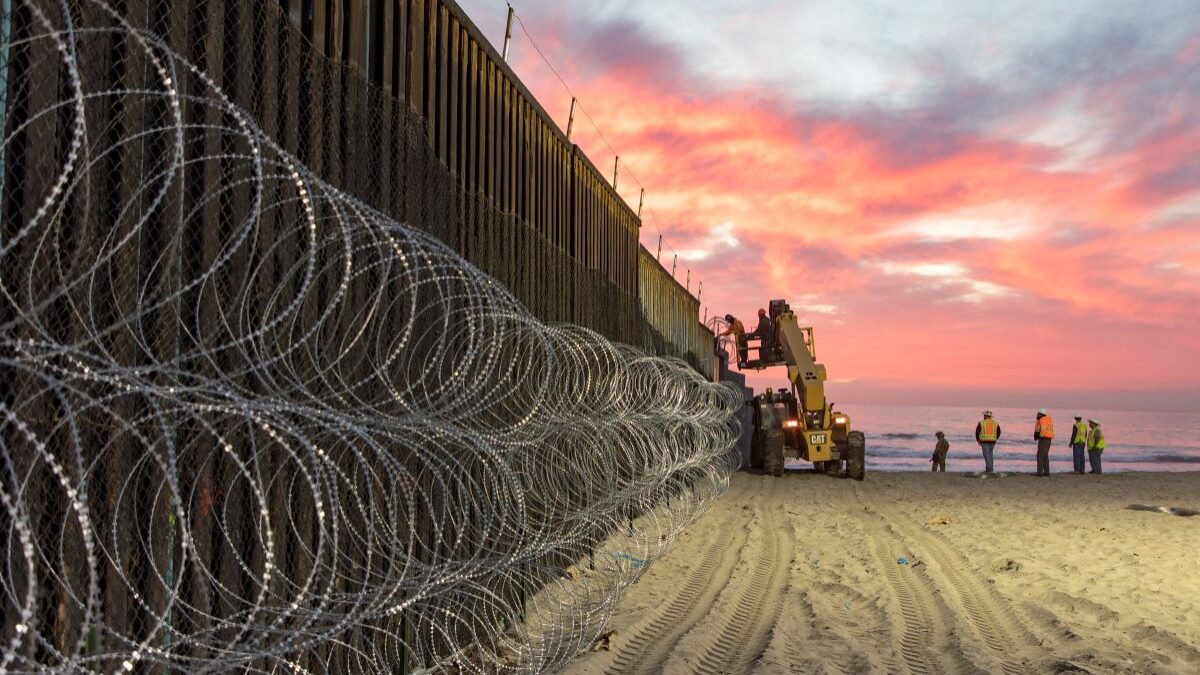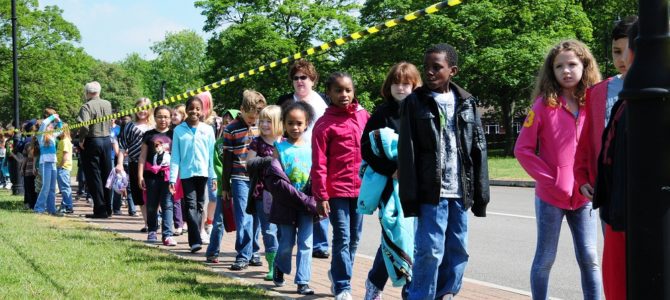
If we want to do something about school safety in America, we need to get government out of it. No more new gun control laws from Washington. No more speeches from DC politicians. No more executive orders. No more legislation. No more bipartisan meetings about banning assault weapons, creating lists on the “mentally ill,” or abandoning due process. It’s time for government to do what it’s supposed to do in a situation like this—nothing.
This doesn’t mean nothing will be done. It just won’t be done by legislators. The only answer to the mob cry, “Just do something!” is to turn it back around on every individual who makes up the mob and say, “You do something.”
Why? Because you live in a free and profoundly diverse republic where it is your responsibility to participate in your local communities to come up with solutions that affect your family, your children, and your neighbors.
It’s not the job of politicians in Washington DC to do anything but get out of your way. At a time like this, the federal government needs to leave the hard task of finding answers to school safety to the people who personally know the specific needs of each school—that’s not the president, blowhards in the press, teenagers on parade in the national media, lobby groups, or any politician virtue-signaling from the capitol.
The only thing the government can do, and this goes for federal and state, is to remove all laws that keep people from freely acting in their own self-interest. This means allowing every adult citizen, in all areas, to exercise his or her right to bear arms in a hostile and threatening world.
Gun-free zones are the most dangerous areas for gun violence in the nation. They’re a signpost to every psychopathic or traumatized killer that this is where sitting ducks are waiting to be picked off.
How did this happen? Government did something. It intervened by creating spaces that make our children less safe, not more. Now it’s time for government to step back, lift the restraints it has put on Americans, and let federalism and local governance function the way they were intended by our founders.
Our Towns and Schools Are Not All the Same
What does this look like practically? It means school safety measures for every school will not come from the top. They will be found at the bottom, on the local level, in every school, and every district. Lawmakers in Washington don’t know the situation at your particular school. They don’t know your teachers, students, environment, or community make-up. You do.
A small public school nestled in the rolling hills of western North Carolina where families are mostly intact, resources are abundant, and everyone intimately knows one another won’t have the same needs as a sprawling, highly diverse, economically challenged school in an urban area. When these disparate communities meet on their own, they’ll likely come up with completely different ideas on how to handle school safety.
To impose the same regulations and expectations on all 98,000 public schools across our country will be an abysmal failure. This is not a time for a one-size-fits-all strategy formulated by distant lawmakers. It’s time for individuals and communities to stop relying on government and to act for themselves—if only they’re given the freedom to do so.
Questions Schools Need to Ask Their Communities
Each school needs to evaluate its own needs and call community meetings to discuss solutions. How big is the school? What will it take to protect the children with efficient response times? How many teachers have concealed-carry training? How many are willing to get that training?
How much money is available to hire the necessary resource officers if there aren’t many teachers willing to carry a firearm? What resources are available from the police department and sheriff’s office? Is there even any interest in having firearms in your school, or would you rather choose another route?
These are questions all schools need to be asking, and the answers will be different for each. Some schools might find that they have people in their community who are highly trained in firearms and qualify to serve as “civilian patrol officers.” They might want to hire several for a minimal fee to patrol the halls part time. This will provide work opportunities for retired military personnel or anyone interested in self-defense, and individuals will be participating in protecting their own community and the children they know personally.
Other schools might find they have no money for more patrols, but they have so many teachers trained in concealed carry that they don’t need any more help. Others might not trust the police or the teachers, so they seek help from community centers where they will find people trained in firearms who reflect the student population and make them feel safe. They might turn to these local groups for protection.
You can see the many scenarios just in these few paragraphs, and why we should not be having a national discussion about school safety. If ever there were a time for localism to step up, it’s now. We value our local shopping, our local beer, our local farms—how about we value and participate in our local schools instead of entrusting our children to people who don’t know them, and frankly, don’t really care, not like the people in their everyday lives?
Distant Technocrats Cannot Solve Our Problems For Us
America is simply too big and diverse to try to impose a common, collectivist solution on every individual or every local school. When we try to do this, it only makes people less dependent on one another within a given community and more dependent on a faraway bureaucracy riddled with corruption and abuse.
This suggestion will have its critics, of course. Arguments against local action are rooted in distrust of “the people” and fear of inequality of outcome—that every school will be different. Some schools might be better protected than others. Some might not choose to be protected at all. Some might choose to build a wall around school property.
This kind of inequality makes our nation’s newly developed socialistic sensibilities cringe, but we need to be honest that inequality remains no matter how much government is in control, and there are solutions to minimize the differences.
Some of this disparity can be overcome at the next level of local governance—finding district-wide solutions so resources can be better shared. Another mechanism could come from the state level, where monies can be funneled into various schools according to need.
Whatever the scenario, it should still be up to the parents, teachers, and staff of a particular school to decide what it needs. The local community should be in charge, not Washington. Freedom, not equality, must be the goal. When we’re free, we will find better, more effective solutions that benefit those we intimately know and love.
When we turn to Washington, we get neither equality nor freedom, and we certainly don’t get security. Yet this is all we hear today. We demand that lawmakers do something, and if they don’t they’re going to be voted out of office. We’re like children squabbling for scraps.
As Americans, we can and should be better than this. But to be better we need to start with taking responsibility for ourselves, our families, our communities, and our schools. If we do that, we’ll be amazed by our potential to discover creative and diverse solutions to a problem that has shaken each of us to the core.


